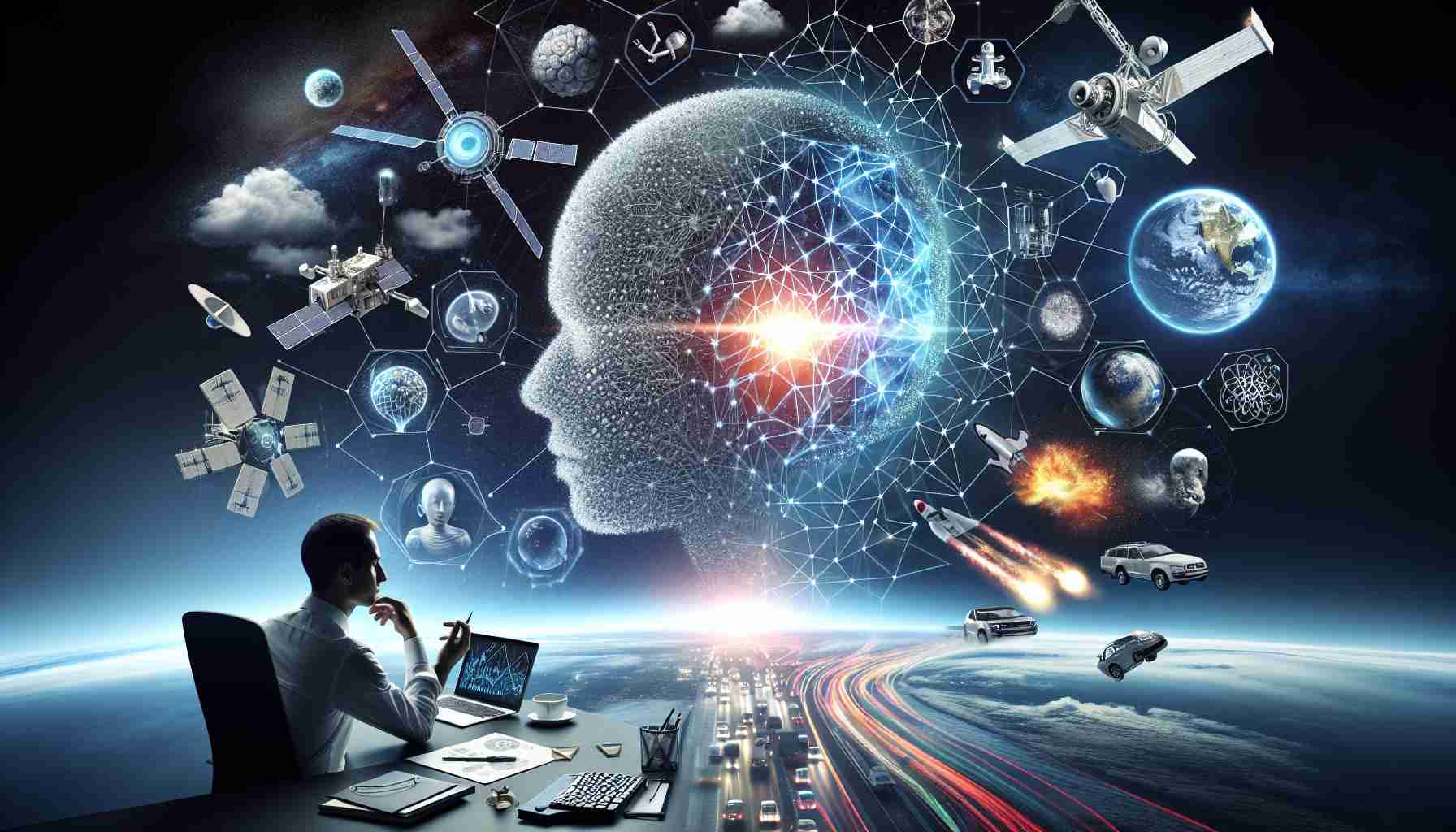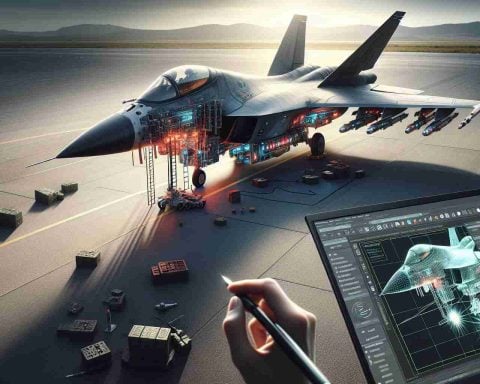In today’s rapidly advancing technological landscape, artificial intelligence (AI) is not only revolutionizing one sector but is proving to be a game-changer across various fields. While many have begun to recognize AI’s potential in industries like healthcare and finance, its transformative capabilities extend even into areas that might surprise us, such as disaster preparedness and response.
One significant domain where AI is making waves is in the management of natural disasters. By analyzing vast datasets that encompass historical events, geographic information, and even real-time social media updates, AI tools can predict the likelihood of disasters like floods, earthquakes, and wildfires. This sophisticated technology allows decision-makers to forecast potential disaster scenarios, offering crucial insights into how to mitigate risks before they impact communities.
The incorporation of AI technology allows for real-time data analysis, enabling emergency services and municipal planners to assess the immediate effects of rapidly changing environments. For instance, AI systems can process satellite images to monitor weather patterns or ground shifts, giving authorities vital information needed for timely interventions. This capability enhances situational awareness during emergencies, paving the way for more efficient resource allocation and rescue operations.
Furthermore, AI is not just about forecasting natural calamities; it also plays a pivotal role in enhancing the resilience of urban infrastructures. By simulating various disaster scenarios, AI can help city planners design buildings and roads that are better equipped to withstand extreme weather conditions. Such proactive measures are crucial in mitigating the effects of natural disasters and safeguarding public safety.
Education and awareness also benefit significantly from AI. Specialized algorithms can tailor information for communities at risk, offering personalized alerts and preparation strategies. This ensures that individuals are not only aware of potential dangers but also empowered to take the necessary precautions.
Interestingly, despite AI’s advanced capabilities, the role of human expertise remains irreplaceable. Meteorologists, urban planners, and disaster response coordinators use AI as a powerful ally in their work. This synergy of artificial intelligence and human insight fosters better decision-making processes, enhancing our overall preparedness and response strategies.
As technology continues to evolve, the integration of AI into various sectors promises a future where communities are more resilient against unpredictable natural events. Beyond just weather forecasting, the implications of AI spread across disaster management, urban planning, and public safety, showcasing its versatility and the vital role it plays in society.
In conclusion, while AI is indeed transforming the weather forecasting landscape, its broader impact resonates throughout systems designed for disaster preparedness and urban resilience. As we harness these advancements, it is essential to remain mindful of the ethical challenges that come with deploying AI—ensuring transparency and accountability in its applications. The journey of integrating AI into our everyday lives is just beginning, and the potential to improve how we respond to disasters is limited only by our imagination.
Unleashing AI: Tips and Hacks for Disaster Preparedness
In the realm of disaster preparedness, artificial intelligence (AI) is revolutionizing the way we approach threats to our safety and infrastructure. As businesses and communities harness this technology, there are several tips, life hacks, and interesting facts that can further enhance our readiness to respond to natural disasters.
1. Leverage AI-Powered Apps for Real-Time Alerts: Many mobile applications utilize AI algorithms to provide personalized emergency alerts based on your location and preferences. By downloading apps that analyze weather patterns and historical data, you can stay informed about potential threats in your area. This proactive approach ensures that you are never caught off guard by sudden climate changes.
2. Utilize Predictive Analytics for Preparedness Planning: Organizations can take advantage of AI’s predictive capabilities to conduct risk assessments for different types of disasters. Create a comprehensive disaster preparedness plan by analyzing past incidents in your region. This data-driven approach allows you to identify vulnerabilities and develop strategies tailored to specific risks.
3. Community Engagement: A Collaborative Effort: Encourage your local community to adopt AI tools that enhance collective readiness. Organize workshops where residents can learn how to use AI-based technologies to stay informed and prepare for disasters. A community well-versed in these strategies is more resilient when disaster strikes.
4. Invest in Smart Infrastructure: Urban planners should consider AI when designing infrastructure that can withstand disasters. By utilizing simulation tools that forecast how different structures will respond to various disasters, cities can be better prepared. This not only saves lives but also minimizes economic losses.
5. Continuous Learning and Adaptation: Stay updated on the latest advancements in AI technology related to disaster management. Follow research publications and participate in webinars to learn how new AI models can optimize disaster response strategies. Adapting to new information is crucial for improving your preparedness over time.
Interesting Fact: Did you know that AI has been used to create disaster response drones? These drones can survey affected areas in real time, providing emergency responders with up-to-date information on conditions and damage, ultimately improving rescue operations.
6. Embrace the Synergy of AI and Human Expertise: While AI significantly enhances our ability to predict and respond to disasters, the importance of expert human input cannot be overstated. Integrate local knowledge and experience with AI tools to make informed decisions during crisis situations. This combination creates a robust framework for effective disaster response.
Final Thoughts: As AI continues to evolve, the possibilities for improving disaster preparedness and response strategies are limitless. Embrace these tools and tips to not only protect yourself and your loved ones but also contribute to a safer, more resilient community.
For more insights on the advancements of AI in various sectors, explore AI Future.


















